Essential Oils: How Do Essential Oils Work?
Essential oils enter the body in two main ways. Most commonly they enter via the nose and our sense of smell identifies the smells and sends messages to the brain via the olfactory glands. This is where the therapeutic process begins. The effects such as relaxation or refreshment, of stimulating memories or giving a sense of relief or well being, can differ from one person to another. Some oils, such as Geranium, are known as “adaptogenic” and can have different effects on the same people at different times.
Getting the smell of oils to the nasal passage can be done by putting a few drops on a tissue, a few drops well stirred into a hot bath, using a water based candle oil burner or an electric diffuser that can fan the smells around a room.
Essential oils can also be absorbed dermally, via the skin after a massage. The massage can vary from a simple hand or shoulder massage, often used with the elderly or patients who are quite sick, to a full body massage.
How are essential oil blends for massage made?
The essential oils must not be used on the skin directly but must first be mixed with a carrier oil. The most popular are sweet almond or grapeseed but others such as calendula, peach kernel, apricot etc are used as different carriers also have their own properties such as tissue repair or skin enrichment.
When blending essential oils into a carrier oil for massage use a blend of no more than 3{fa32f3da1db87532d93af57bebf07259016720c780c92cd8735931dd04d79e41}. That is a maximum 3 ml of essential oils to 100ml of carrier oil. There are approximately 20drops to 1ml.
All essential oils have differing characteristics as they are made up of different compounds. Read up about the oils and decide on two or three that will be suitable for the requirements you have. Information on all the essential oils and carrier oils is available from Natural Touch Aromatherapy website.
Try and use oils with different “notes” associated with their smells. There are top, middle and base notes. A top note is typically a citrus oil which has a bright, instant aroma the hits as soon as you smell the blend. A base note is typically a wood based oil such as sandalwood which has a beautiful much more subtle smell that takes time to permeate the blend.
Are there any safety issues?
When used properly essential oils can benefit everyone. However there are some important guidelines that should be followed. If treating someone who is pregnant, or the elderly with sensitive skin, or young children use only a 1{fa32f3da1db87532d93af57bebf07259016720c780c92cd8735931dd04d79e41} blend. Try a little of the blend on the back of the patients hand first to see if there is any adverse skin reaction before proceeding.
Most importantly, whether using the oil blends yourself or on someone else there are “contraindications” to be aware of, and these are why, I believe, some essential oils should not be available via retail to someone who may not be aware of the dangers.
Some essential oils are “abortifacients” and should not be used in aromatherapy. Some oils, even some of the popular ones such as Rose and Lavender are “emmenogogues” (can regulate menstrual flow) and therefore should not be used during pregnancy or at least in the 1st trimester. A fuller list of these oils is available from Natural Touch.
There are other oils that can be contraindicated with epilepsy, high blood pressure etc. Remember, never take essential oils orally, be careful not to rub your eyes with oily fingers and keep well out of the way of children or those not capable of reading instructions.
How do I know I am buying pure Essential Oils?
Adulteration of oils is becoming more widespread. Remember most essential oils come from agricultural areas, many in third world countries. The vast majority of oils are bought for the perfume industry and only a small percentage bought for aromatherapy. In aromatherapy the physical make up of the oil is all important and it should be absolutely true to nature. The perfume industry does not require this as they are most intent on getting the perfect smell.
It takes four tons of rose petals to give 1kg of Rose Otto which even at wholesale prices may cost in excess of £7000 per kg. That is a lot of money and with the large perfume companies putting pressure on margins, always trying to drive down cost prices, it is an understandable reason to cheat and replace say 10{fa32f3da1db87532d93af57bebf07259016720c780c92cd8735931dd04d79e41} of the product with some other cheaper substance. The change in smell is hardly, if at all, distinguishable but the therapeutic values can be destroyed.
Some aromatherapy and essential oil producers now test their produce by Gas Chromatography methods and guarantee 100{fa32f3da1db87532d93af57bebf07259016720c780c92cd8735931dd04d79e41} purity. If you are at all sceptical of an oil’s origin or purity ask for a certificate showing the oils components or similar evidence to support quality.
How can I find out more about aromatherapy?
Lastly, for those of you wishing to learn more about aromatherapy and perhaps even get a qualification at varying levels there are colleges throughout the country running courses under the umbrella of bodies such as ITEC, VTCT, NVQ, BTEC etc as well as a number of correspondence courses.

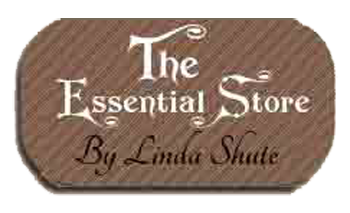


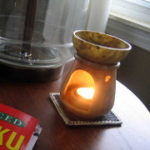
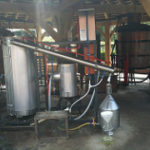
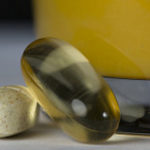
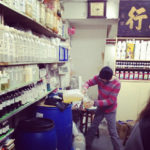

Leave a reply